Searching Among Saguaros and Shindaggers for Skippers
Wow, what a different world from the Brazilian Amazon.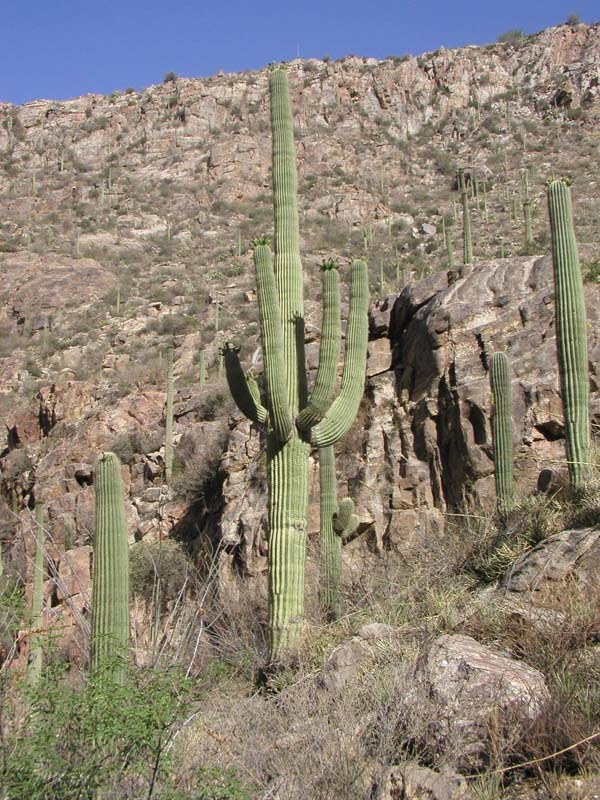
I’ve been home a little over a week and I finally got out to spend a few hours in the field with some friends, not far from the Tucson city limits.
We headed up to Molino Basin in search of a special skipper – Poling’s Giant-Skipper. Its host plant is particularly abundant here, Schott’s Agave, also known as Shindagger.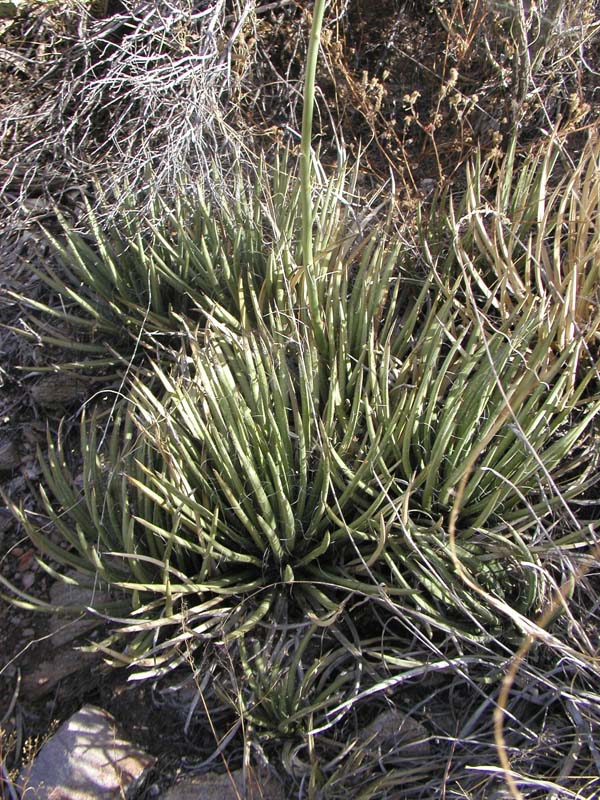
The larvae burrow into the heart of the plant backing out of their entrance hole occasionally to drop their frass. (Go to the 3:20 point in the Red-crowned Parrot episode of Birding Adventures TV to hear me talk about frass.)
This area is ideal habitat for some nice birds too.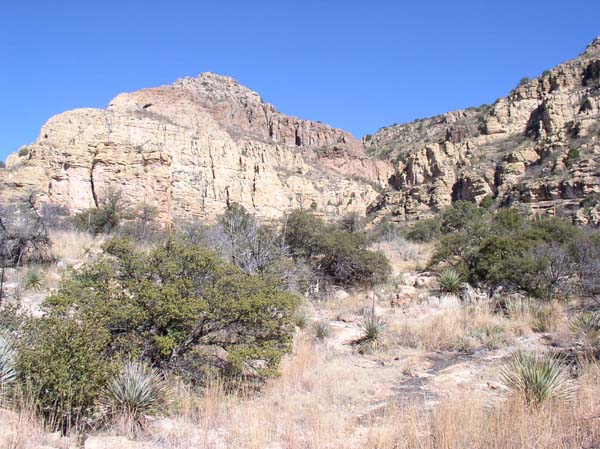
Such as Spotted Towhee, which breeds here…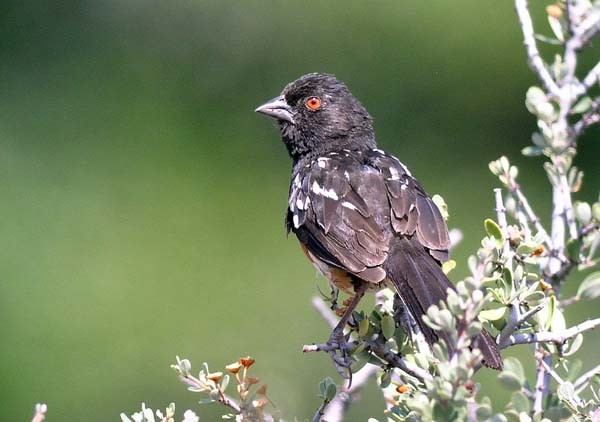
…and Green-tailed Towhee, which winters here.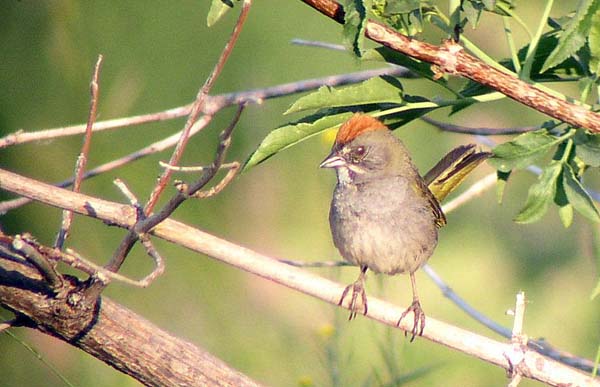
Watching a Cooper’s Hawk chasing a Red-shafted Flicker was the coolest bird sighting of the morning. But as we had our heads down most of the time, we were noticing more than just the birds. This Western Pygmy Blue – one of the world’s smallest butterflies – was posing nicely.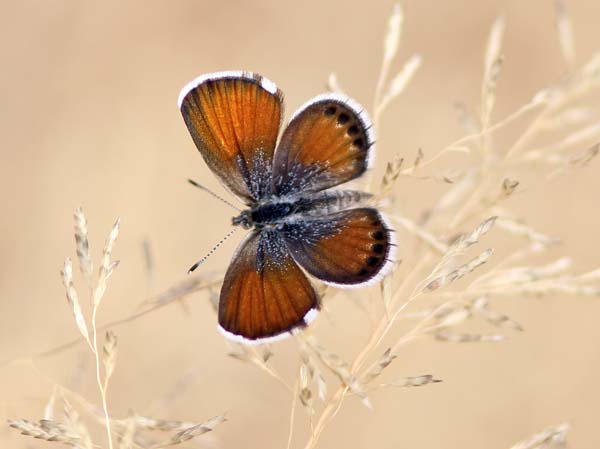
This showy caterpillar in the genus Cucullia (a moth in the family Noctuidae) certainly caught our attention.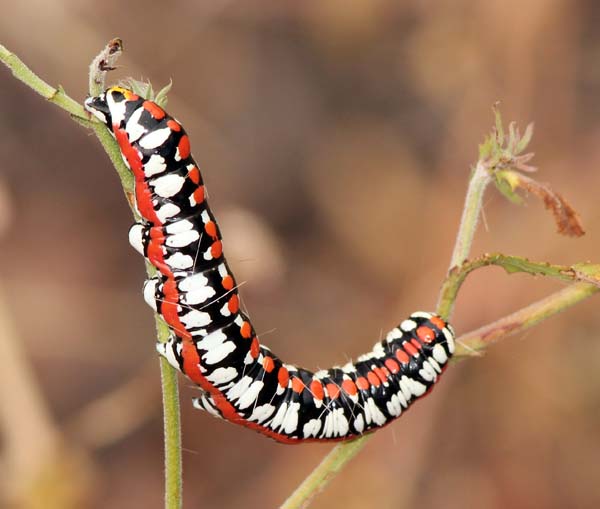
And I always like to pause when I see a robber fly land, this time rewarding me with an unusual sight – a mating pair with the female feeding. I have a theory that the name “robber fly” is a misrendering of the German “Raubfliege,” as they do not “rob,” but they do “raub” which means to prey upon. A better translation would then be “raptor-fly.”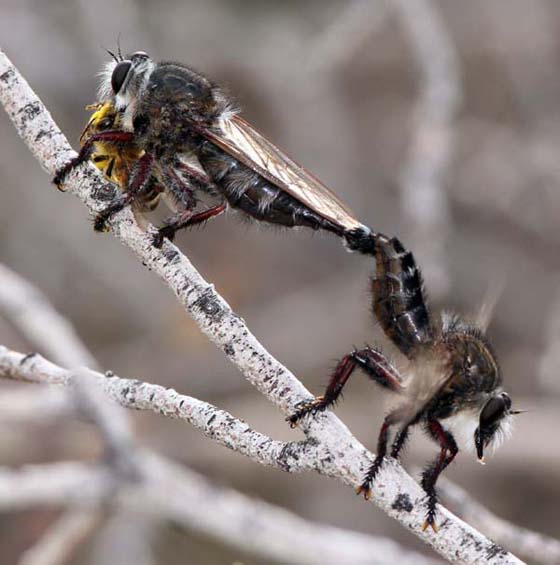
Finally, I spotted one of our targets perched on a rock, after having just glimpses of several zipping past – a Poling’s Giant-Skipper!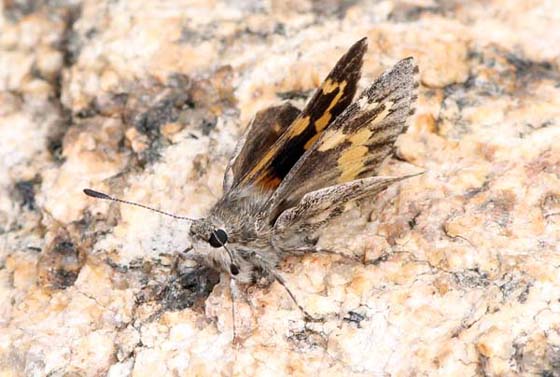
Photo at top: Rock Wren is one of the most characteristic birds of Molino Basin in the Catalina Mountain Foothills.
